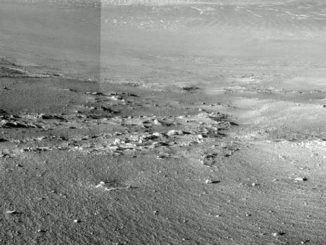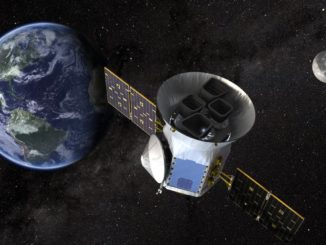
Month: February 2018





Galaxies like grains of sand, courtesy of Planck
The Hubble Space Telescope imaged a distant cluster of galaxies that was found by ESA’s Planck satellite, which detected distortions in the cosmic background radiation caused by the cluster’s gravity. Some five billion light years from Earth, the cluster’s members appear as a swarm of red-shifted galaxies, along with an arc of bluish light caused by gravitational lensing.



A face-on spiral in all its glory – and colours
A composite image from the Hubble Space Telescope shows a dramatic range of color in galaxy NGC 3344, a weakly barred spiral half the size of the Milky Way some 20 million light years away in the constellation Leo Minor. Hot young stars, seen in blue, populate the spiral arms along with glowing red clouds of gas and dust that provide the raw materials for new suns.


